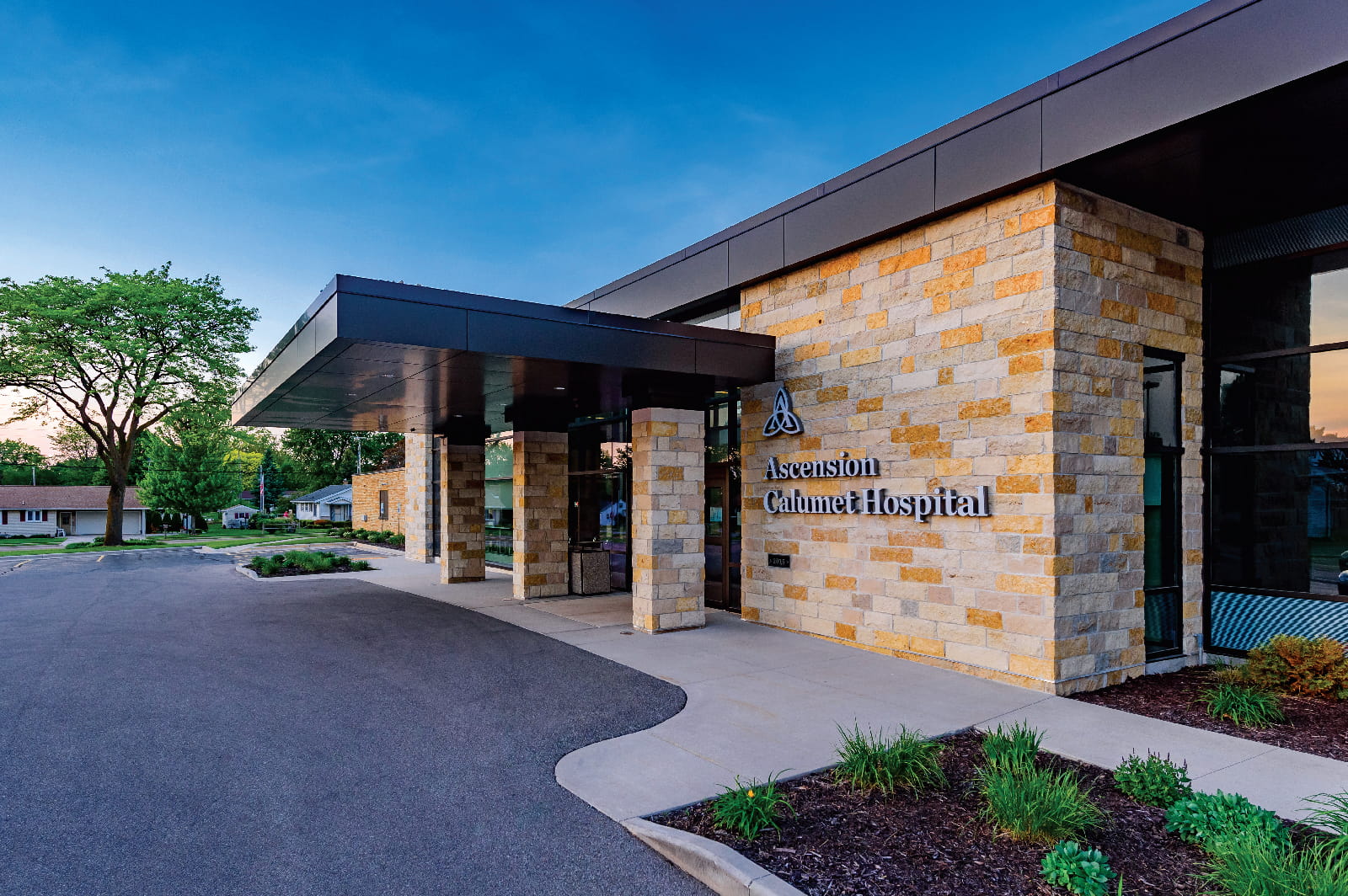Call 920-738-2030
Personalized, compassionate breast screenings
Ascension Wisconsin delivers advanced digital imaging options, personalized for each patient. We provide breast ultrasounds, mammograms, biopsies and other screenings for women. Getting regular screenings may help find breast cancer early, when it is most treatable. That’s why it is important for women to get a mammogram every year, beginning at age 40. We’re dedicated to delivering care for your breast health that is right for you.
Get the screening that is right for you
Care teams at Ascension Wisconsin know that finding breast cancer early can help save lives. If you mother, sister, aunt or grandmother has been diagnosed with breast cancer, ask your doctor if you should have a breast screening test before the age of 40 as their referral will be needed. For your convenience, you can schedule your mammogram online or by calling 920-738-2030.Before you make an appointment for a diagnostic breast screening, please make sure you have your mammogram referral from your doctor and bring it to your appointment. No referral is needed for your annual breast screening after the age of 40.
At Ascension Wisconsin, we provide comprehensive breast imaging, including:
- 3D Mammograms (Tomosynthesis): When used as a screening tool, this 3D imaging technology increases the overall detection of breast cancer and reduces the recall rate for screenings – which is a very important issue. Tomosynthesis is an imaging X-ray technique used for the early detection of breast cancer and can help find cancers in dense breast tissue.
- Breast ultrasound: Uses sound waves to create images of the breast. These ultrasound images are referred to as sonograms. Breast ultrasound is a non-invasive test and can aid in diagnosing benign and malignant disease.
- Bone density tests (DEXA scan): This is performed to evaluate patients to find and treat osteoporosis and to help prevent fractures that can lead to disability.
- Ultrasound-guided biopsy: This uses sound waves to help locate a mass and remove a tissue sample for examination under a microscope. This procedure is less invasive than surgical biopsy, leaves little to no scarring and does not involve exposure to ionizing radiation. This type of biopsy aids in the pathological diagnosis of benign and malignant breast tissue cells.

